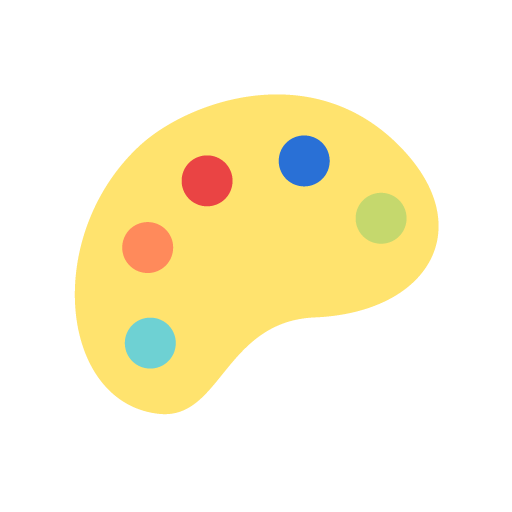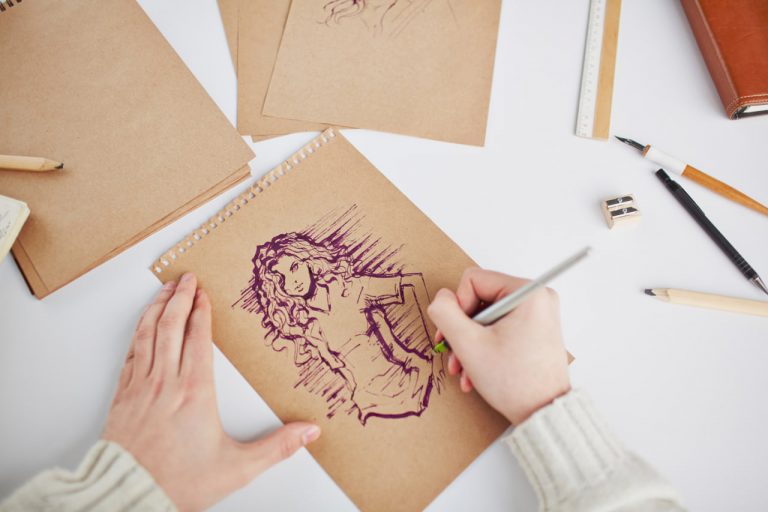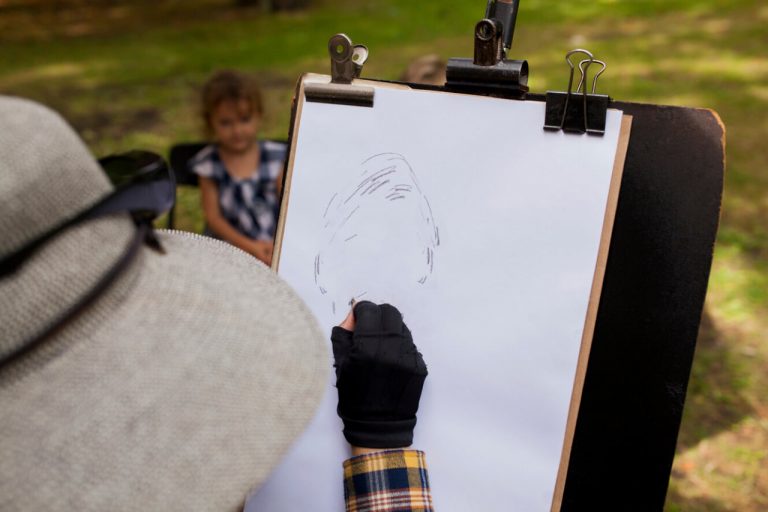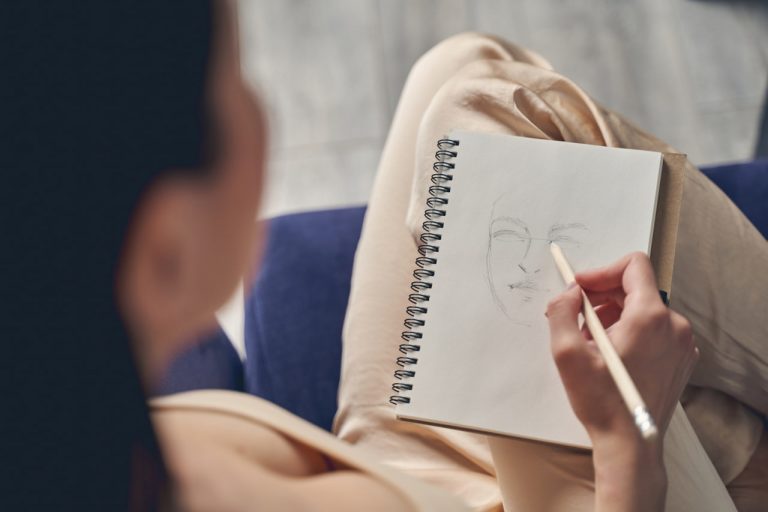One of the most inspiring parts of teaching beginners how to draw is watching their transformation from hesitant sketchers to confident creators. At Easy Drawing Class, we’ve helped thousands of students discover that they can draw — and draw well. Whether they started with stick figures or hadn’t picked up a pencil in years, their growth has been nothing short of impressive.
In this post, we’ll explore what that progress really looks like. These examples and stories come from actual students who followed our beginner-friendly methods, practiced consistently, and built their skills one lesson at a time.
Starting with Uncertainty
Most students come to Easy Drawing Class with a shared mindset: “I don’t think I’m good at drawing.” Some haven’t drawn since childhood. Others have tried to follow online tutorials but felt overwhelmed or frustrated. Their early drawings often show signs of common beginner challenges — stiff lines, uneven proportions, or unclear shading.
This stage is completely normal. In fact, we encourage students to keep their earliest drawings. Not for criticism, but for celebration. Seeing where you started is the best way to appreciate how far you’ve come.
Structured Learning Builds Real Confidence
What makes our approach different is structure. We don’t just hand you a random video and hope for the best. Every course follows a carefully designed path, introducing techniques in a logical order — from the simplest shapes to more advanced shading, perspective, and composition.
One student, Maya, joined the class saying she had zero confidence in her drawing ability. Her first self-portrait was flat and hesitant. But after completing the lessons on facial proportions, light and shadow, and basic anatomy, her second portrait showed stunning improvement. The eyes were symmetrical, the shading was soft and natural, and most importantly, her smile was real — because she could finally see her own progress.
The Power of Practice and Feedback
Another key to student growth is consistent practice. We give exercises that are short, clear, and doable even with a busy schedule. Many students say they went from drawing once a month to five times a week simply because our lessons felt fun and manageable.
We also provide personal feedback, either through course check-ins or our supportive student community. For example, one student, Omar, had struggled with drawing hands for years. After submitting a few attempts and getting tips on simplifying the form and using gesture lines, he sent in a new sketch. The difference was immediate: more natural angles, better proportions, and fluid lines that showed real movement.
Small Wins That Lead to Big Breakthroughs
Progress doesn’t always happen in dramatic leaps. Sometimes it’s the little victories — drawing a realistic apple, mastering crosshatching, or finally getting a circle to look round — that build momentum. One student, Elena, kept a daily sketch diary. Looking back over 30 days, she was amazed to see how much cleaner and more confident her line work had become.
Another student, Kai, said he never imagined being able to draw animals. After just two weeks of practice with our “drawing by shapes” technique, he completed a realistic sketch of a cat that he proudly framed and hung on his wall.
From Sketches to Personal Style
Many students come to us just wanting to draw “better.” What they don’t expect is to develop a style. As their skills grow, they begin to experiment — combining techniques, adding their own twist, or illustrating from imagination. What starts as copying simple objects evolves into creating full scenes, characters, or even custom art for gifts and small businesses.
Student Lucia began with pencil sketches and was surprised to find a love for ink and minimalist design. Now she creates greeting cards using the same drawing foundations she learned with us. Her “before” drawings were basic and shaky — her “after” work is sleek, expressive, and entirely her own.
Progress You Can See — and Feel
Every “before and after” tells a different story. But the common thread is transformation — not just in technique, but in self-belief. Students go from saying “I can’t draw” to “Look what I created!” They gain a skill, but more importantly, they gain confidence and creative joy.
If you’ve ever doubted your ability to draw, just remember: every artist starts at the beginning. The only difference between those who improve and those who don’t is the decision to begin, stay curious, and keep practicing.



